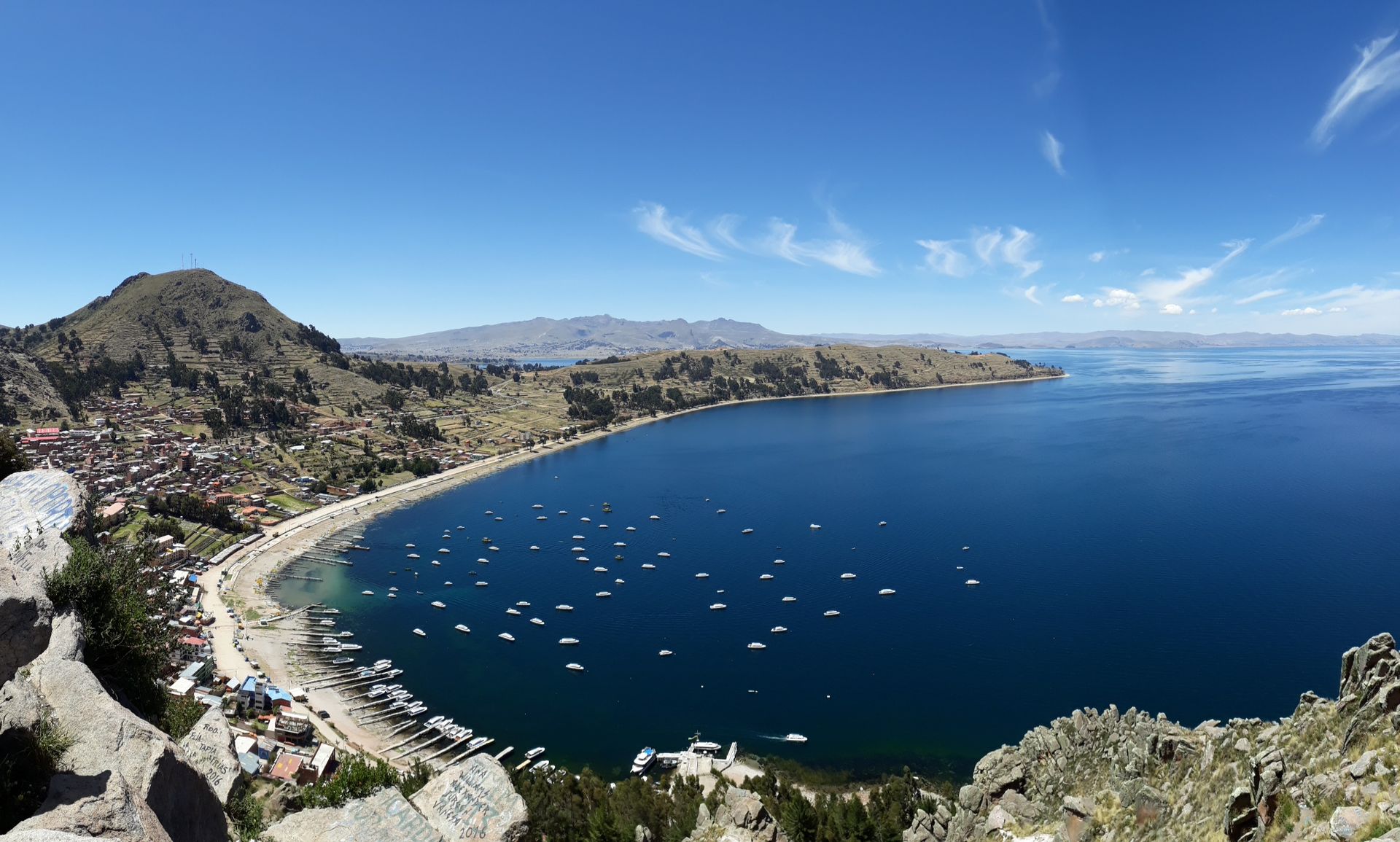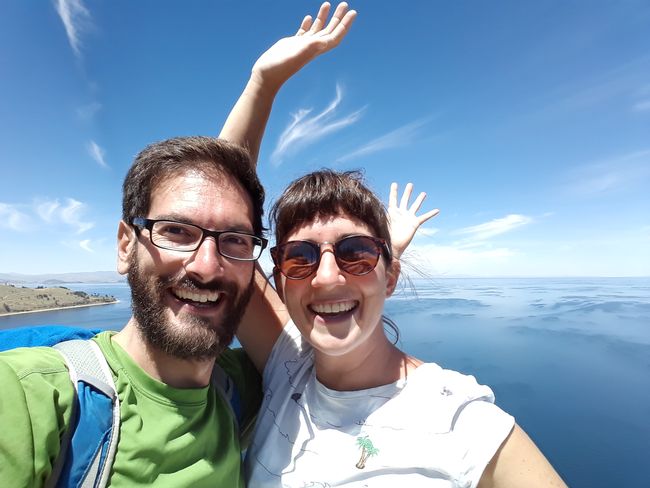Costa Rica - Pura Vida
வெளியிடப்பட்டது: 15.07.2017
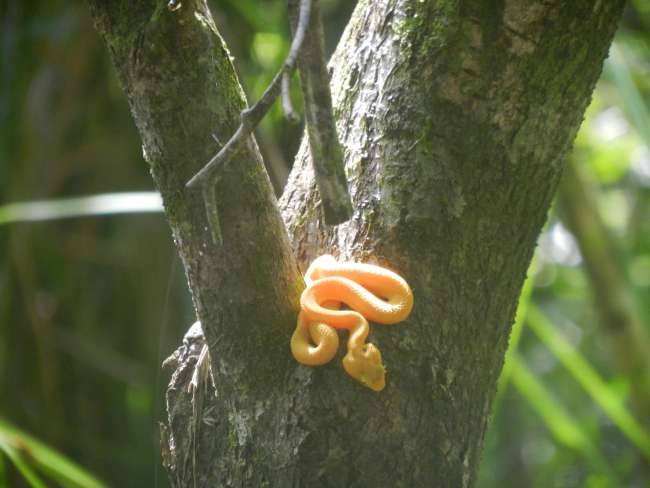
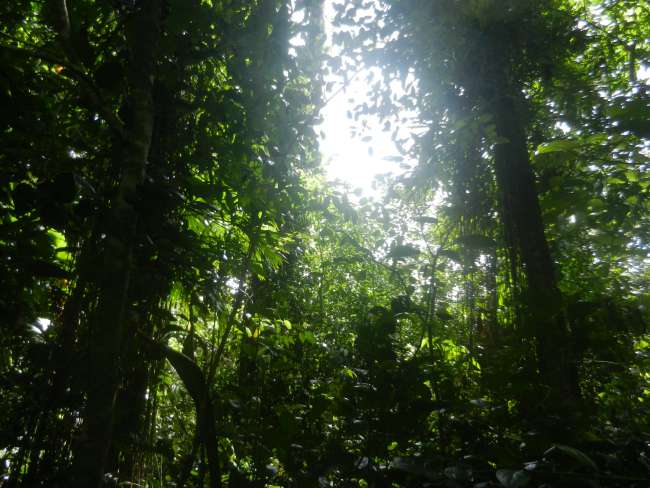
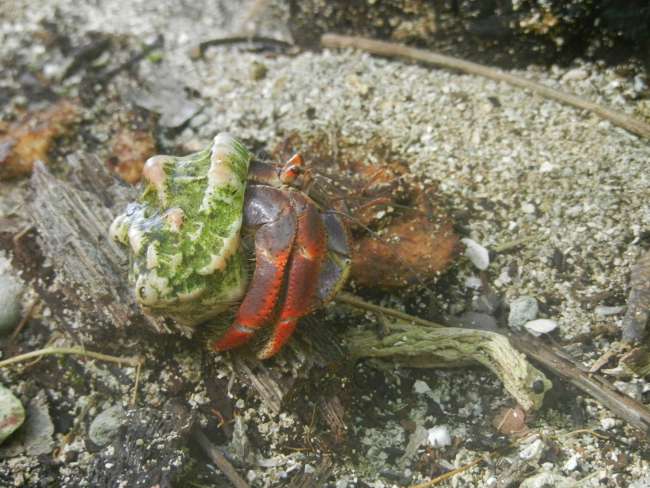
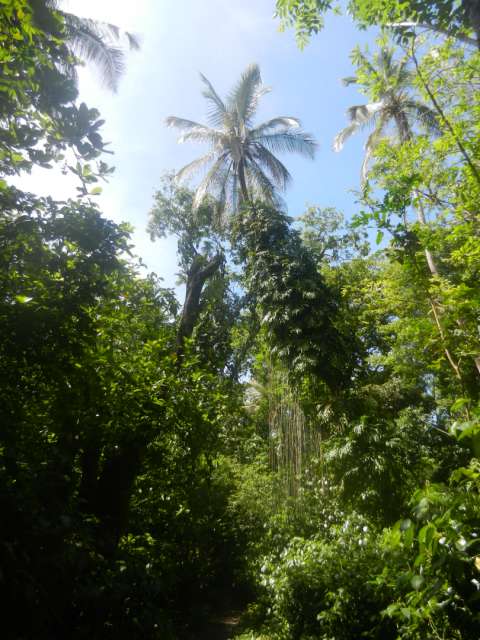
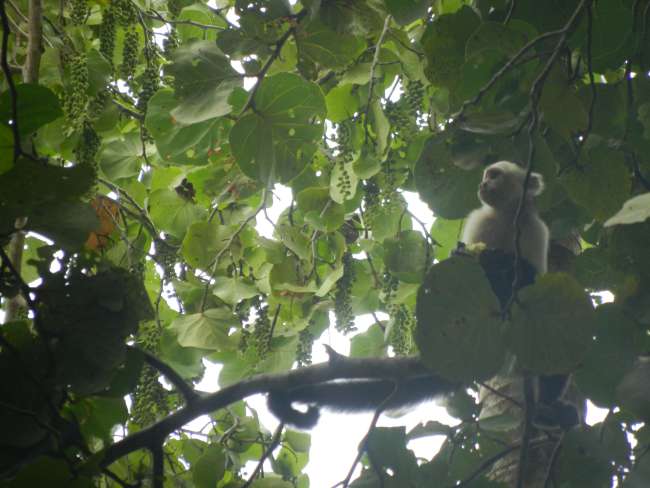
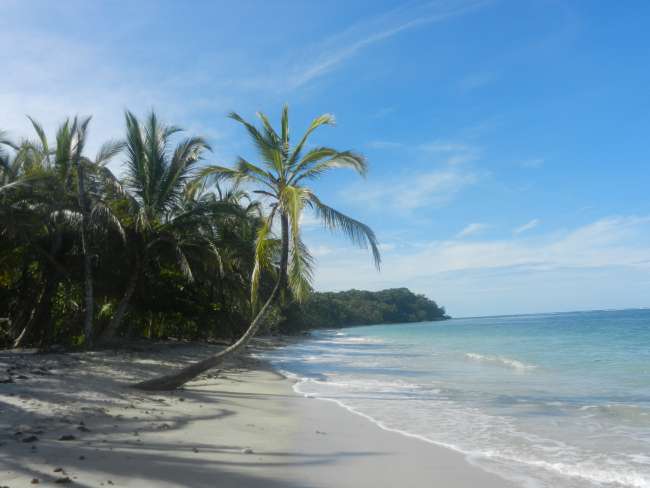
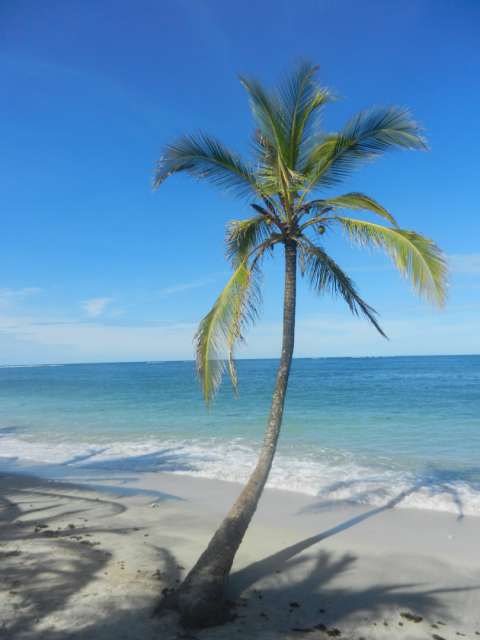
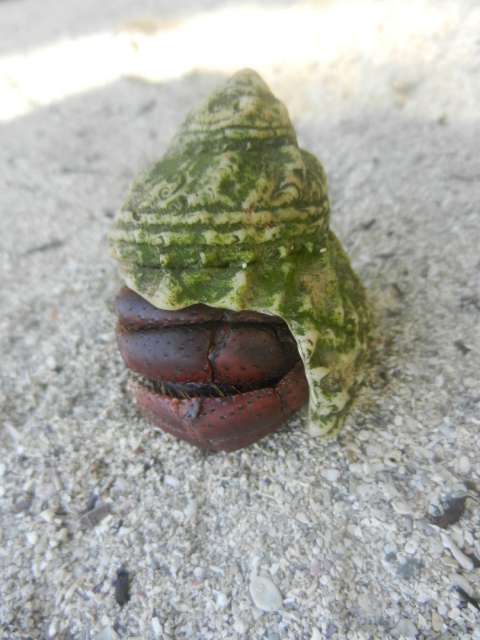
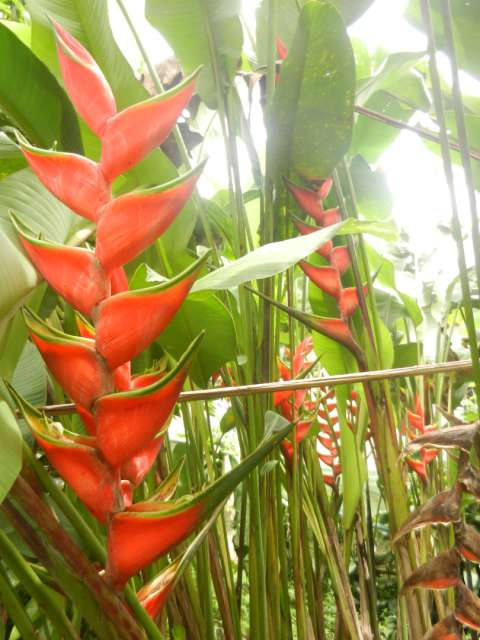
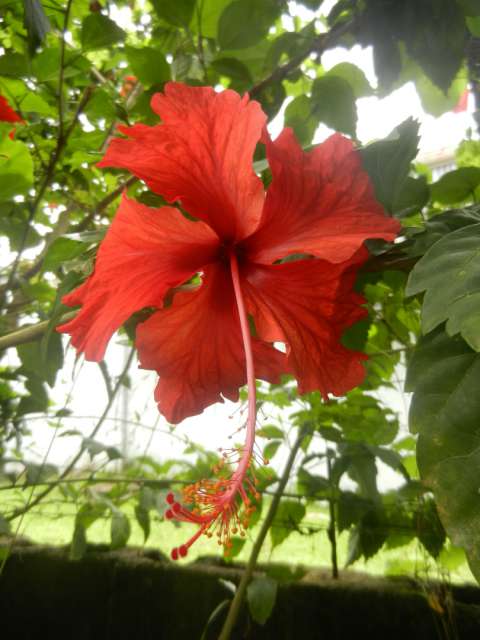
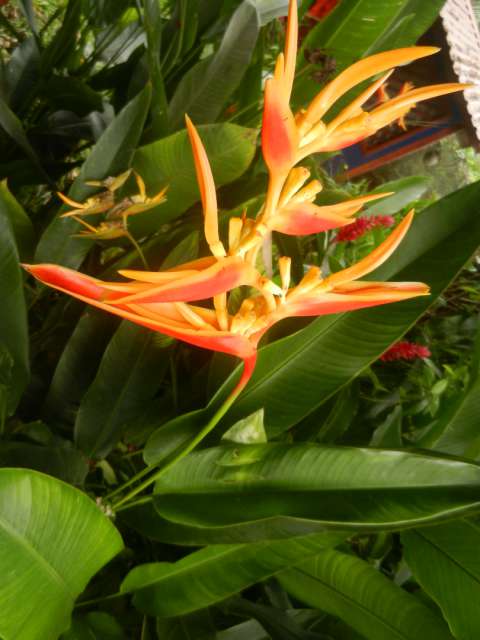
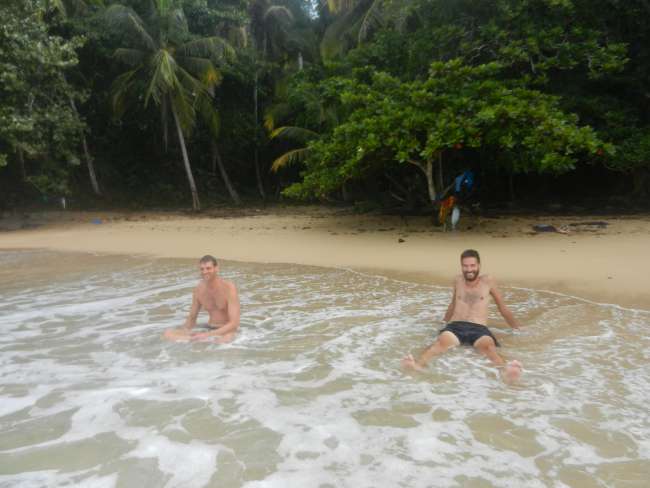
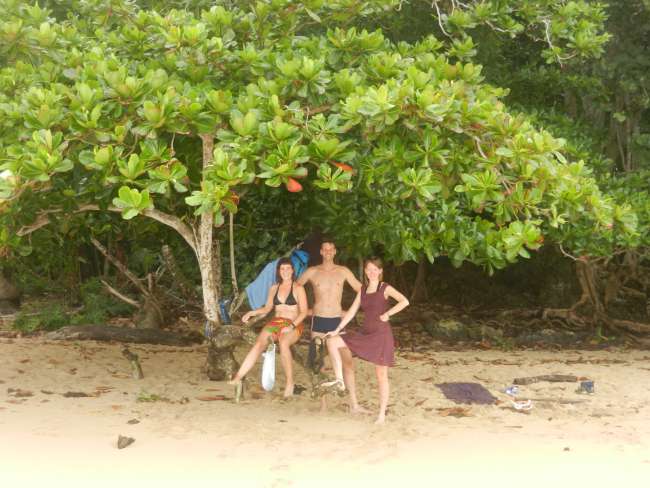
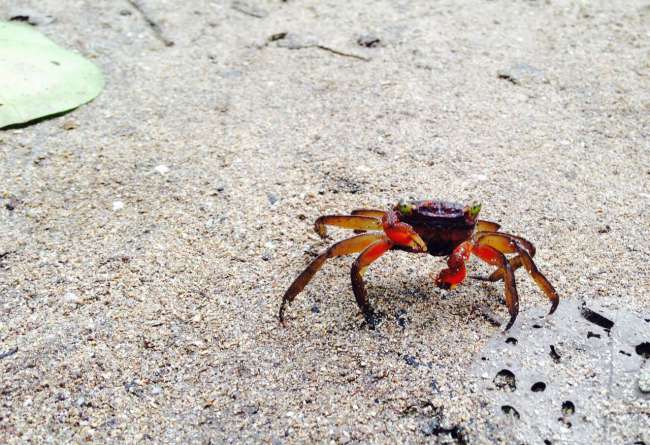
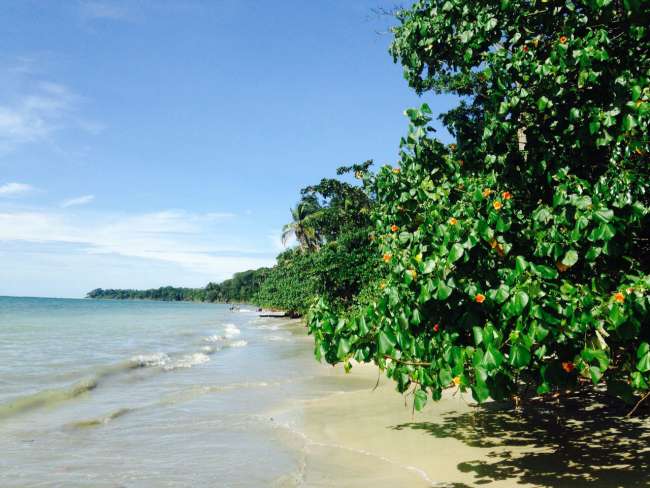
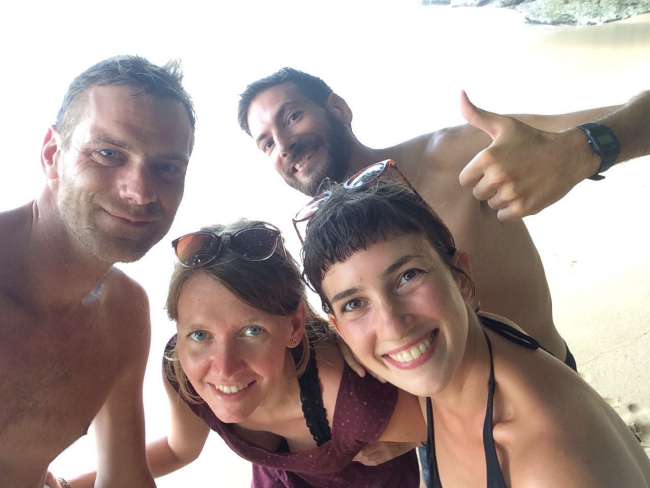
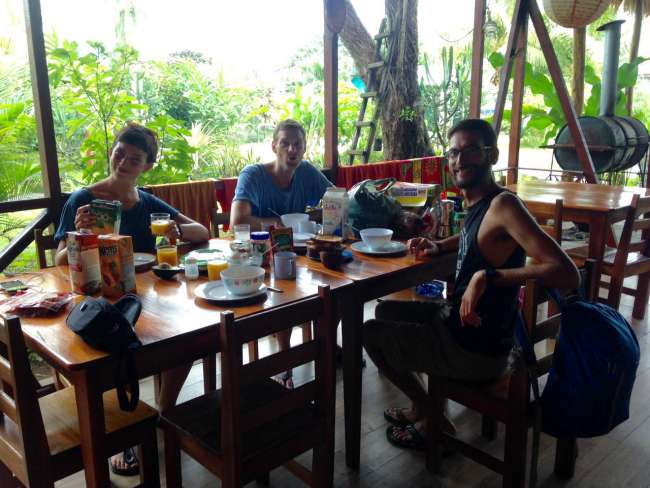
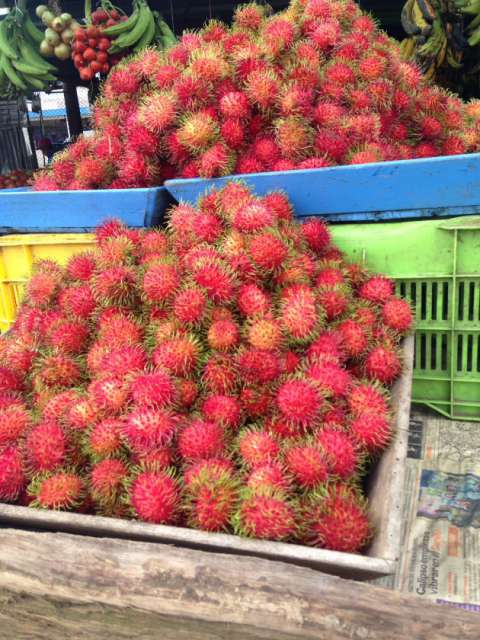
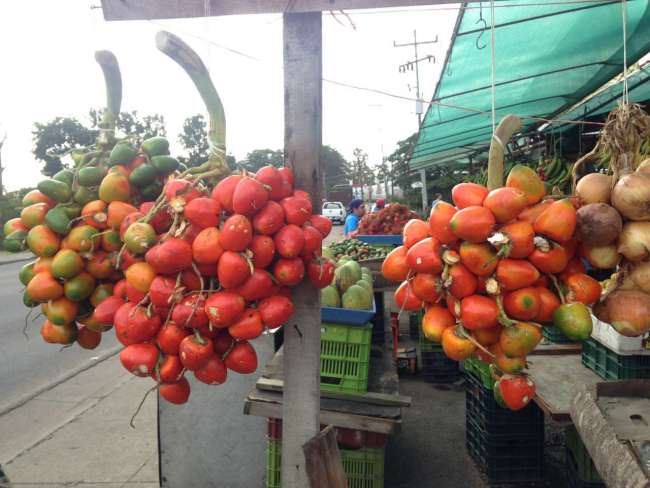
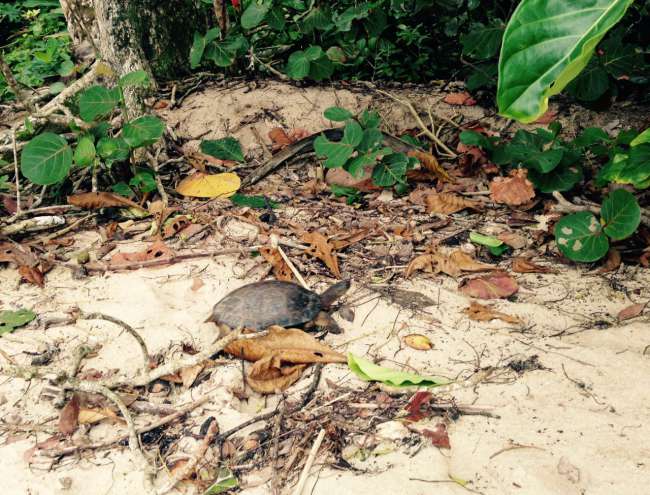
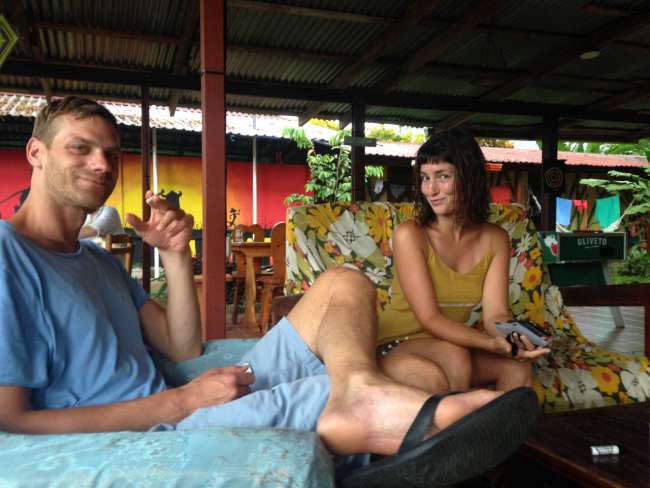
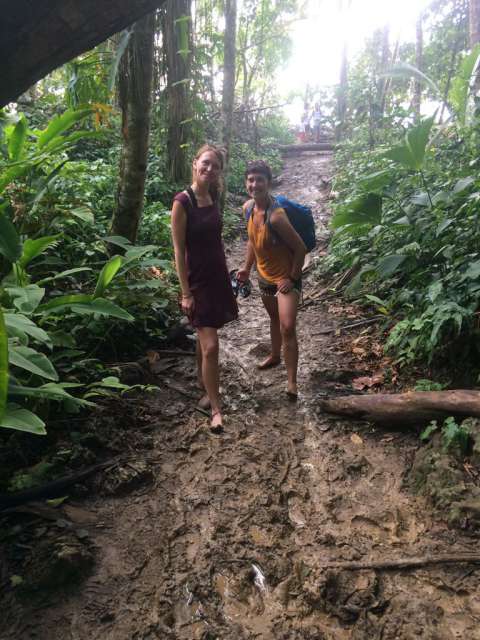
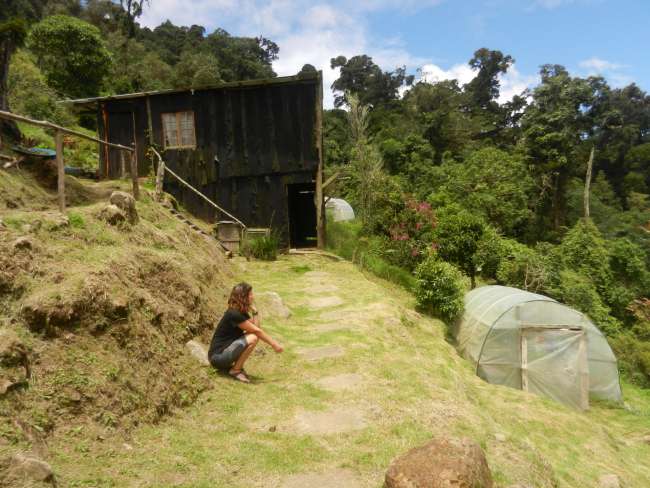
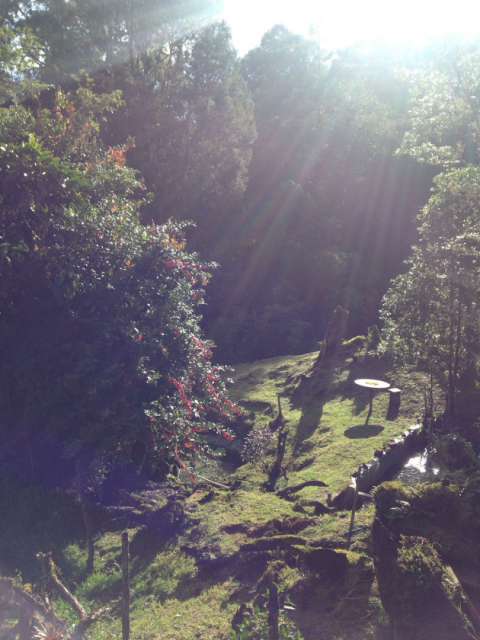
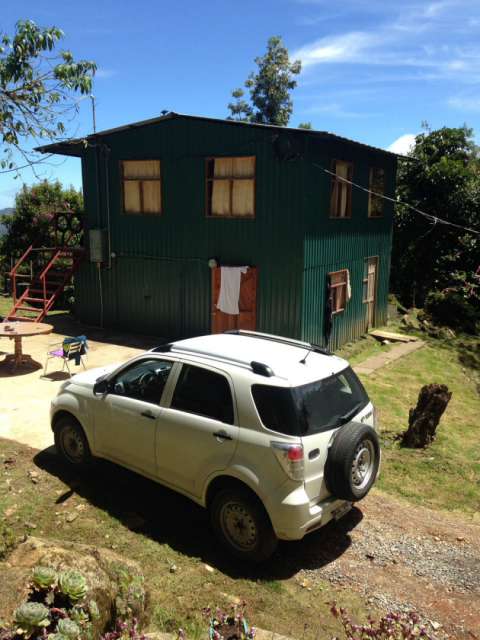
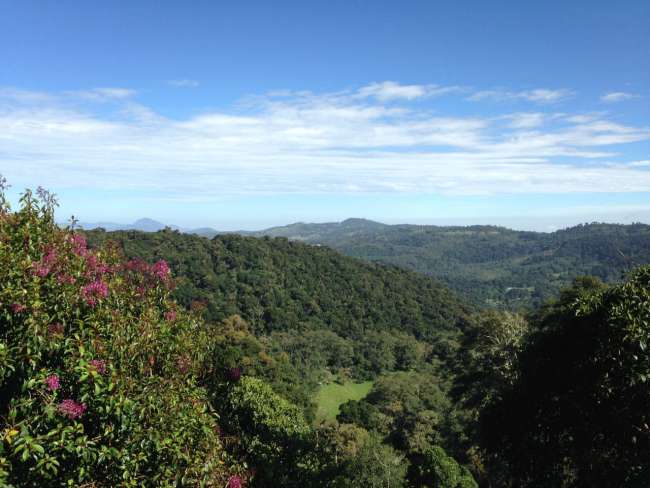
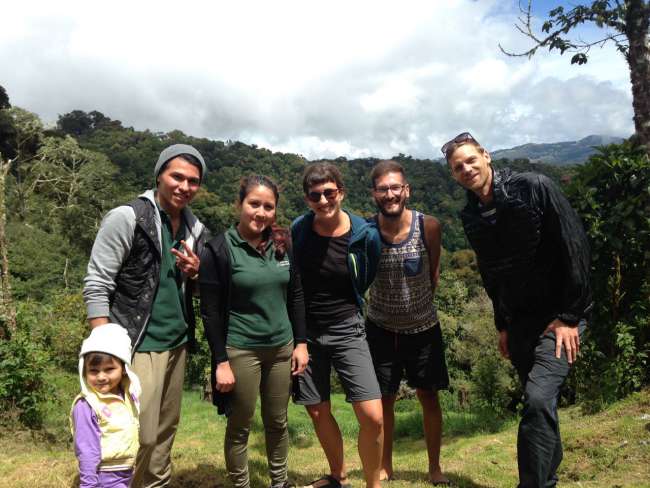
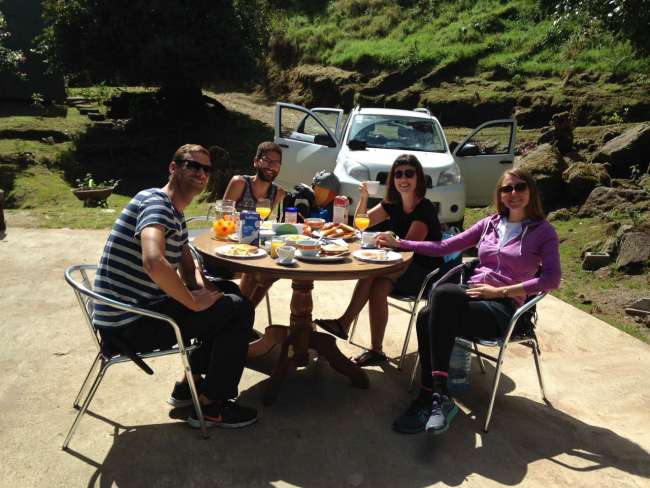
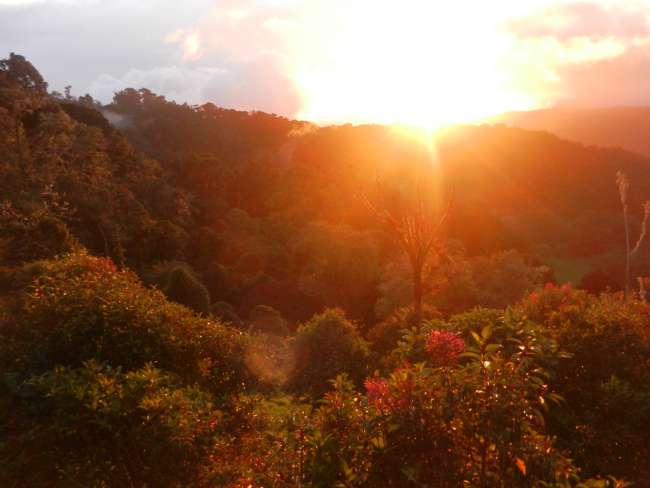
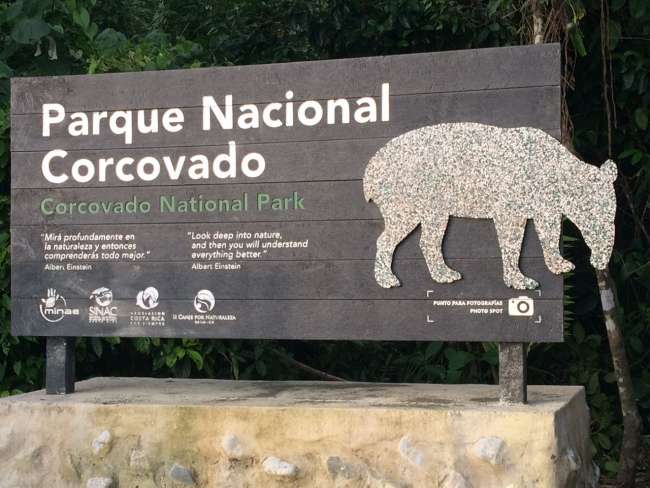
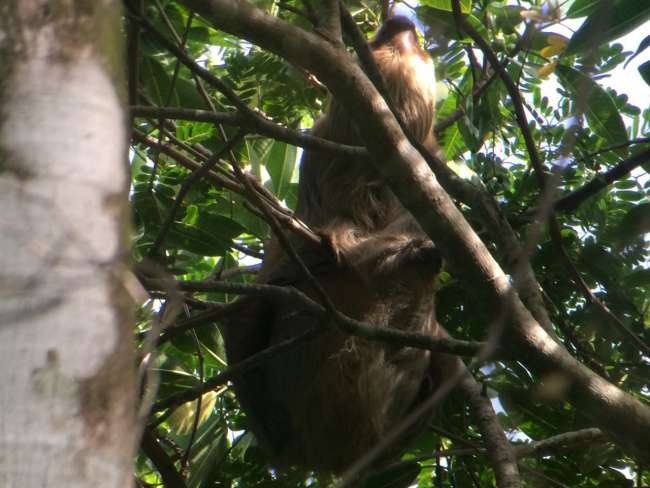
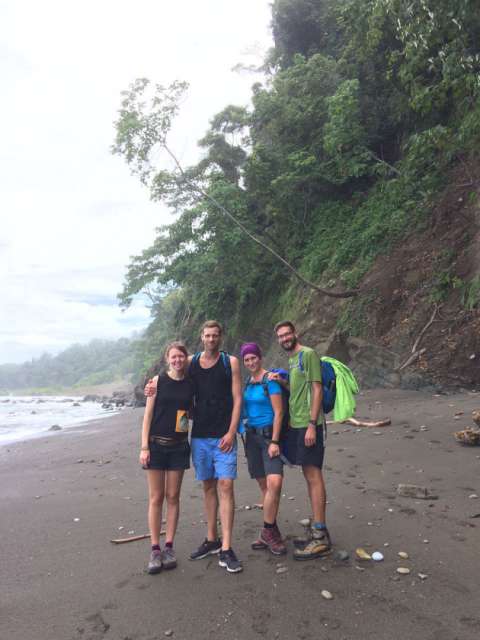
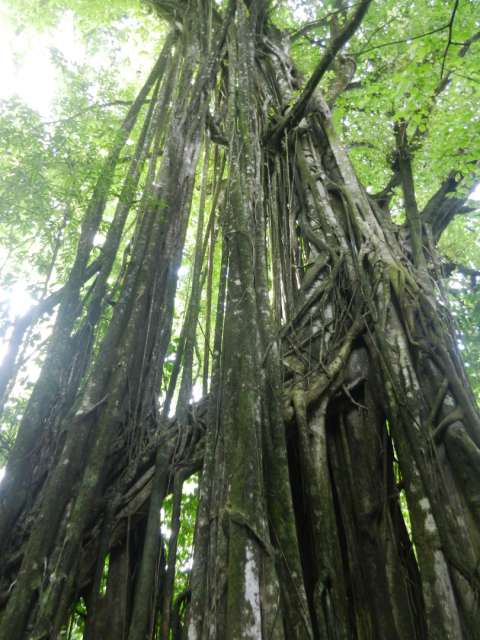
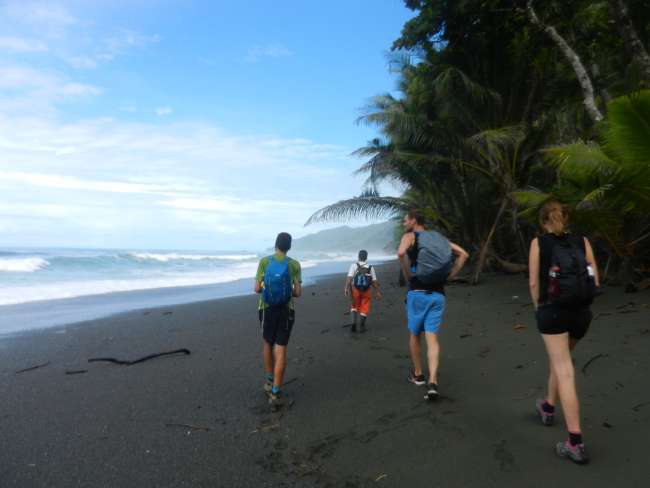
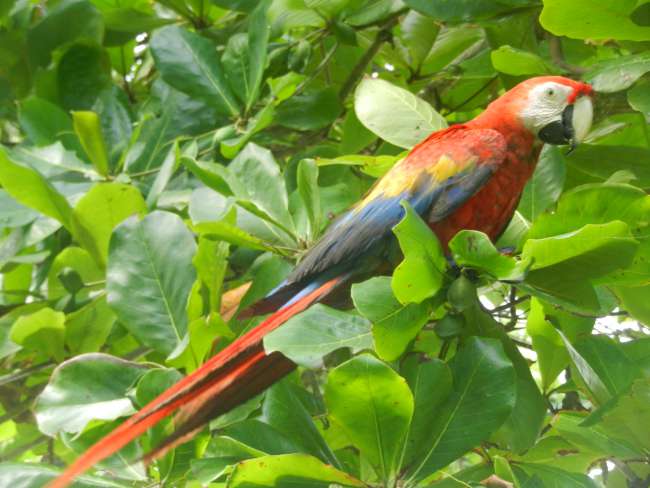
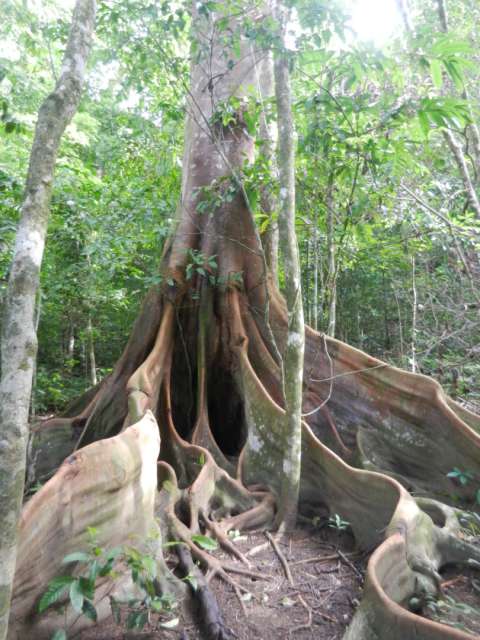
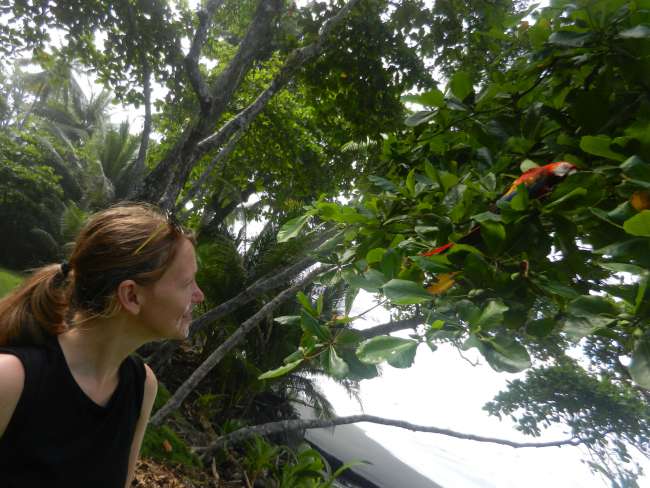
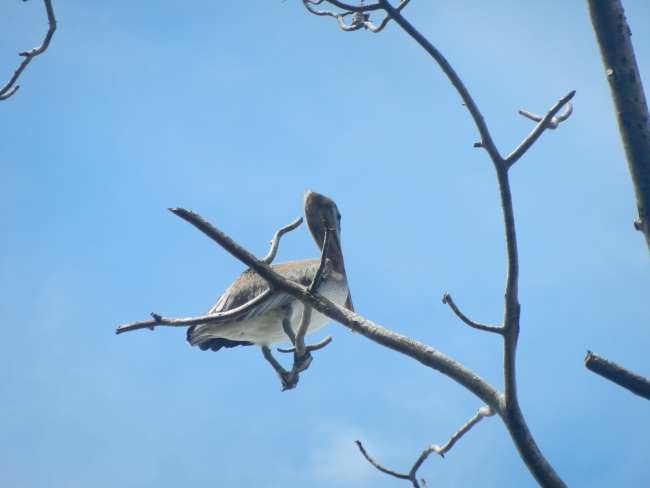
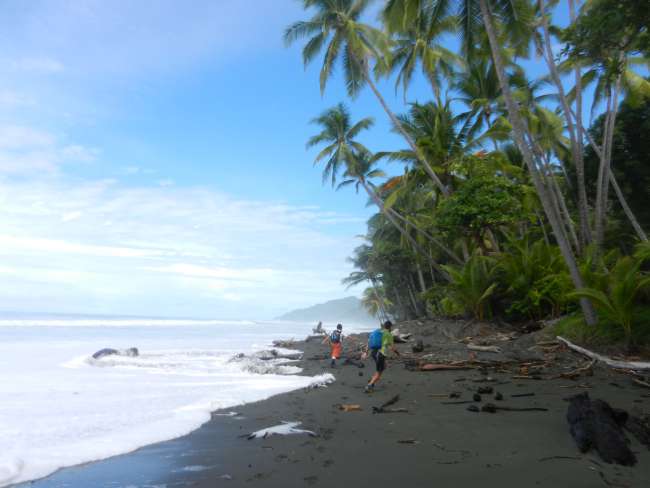
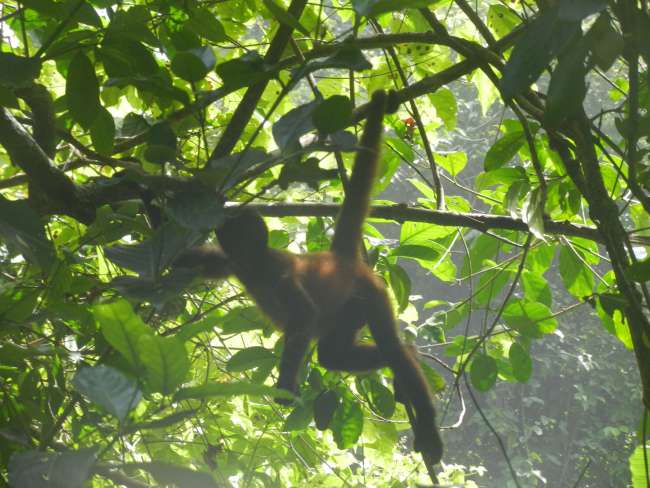
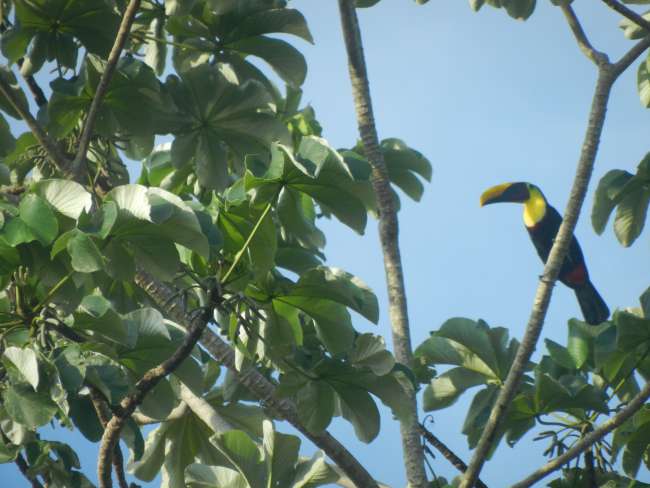
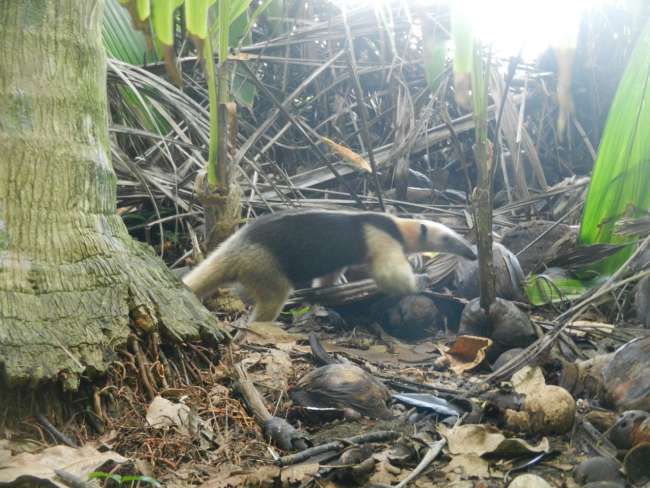
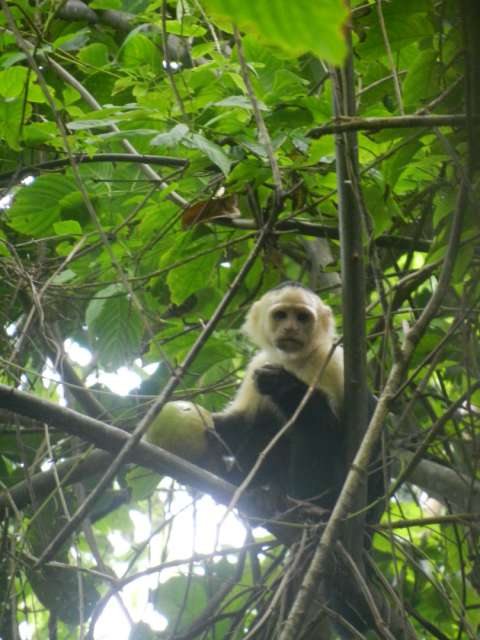
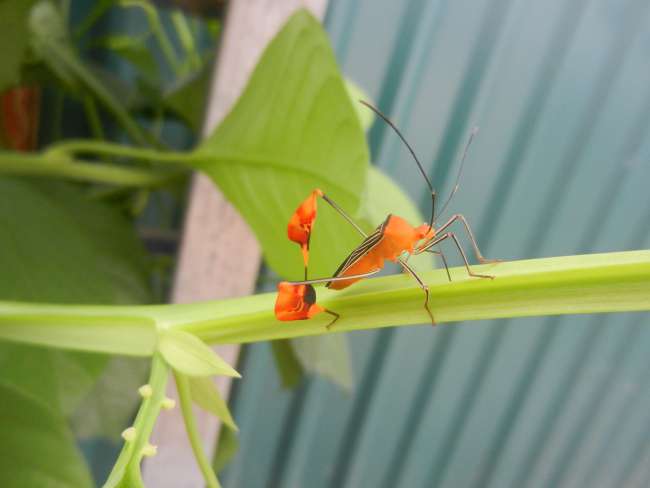
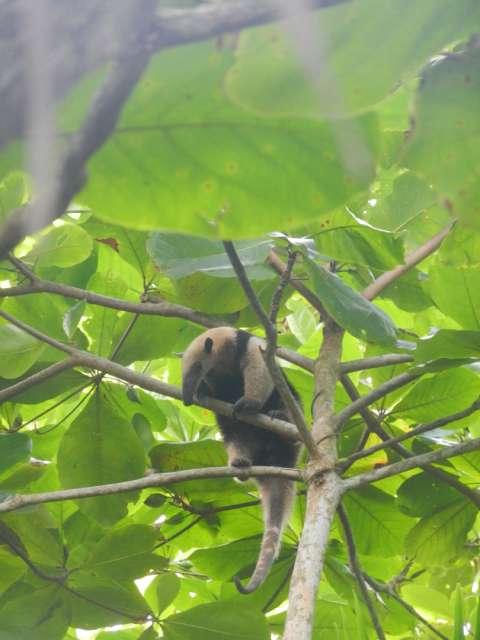
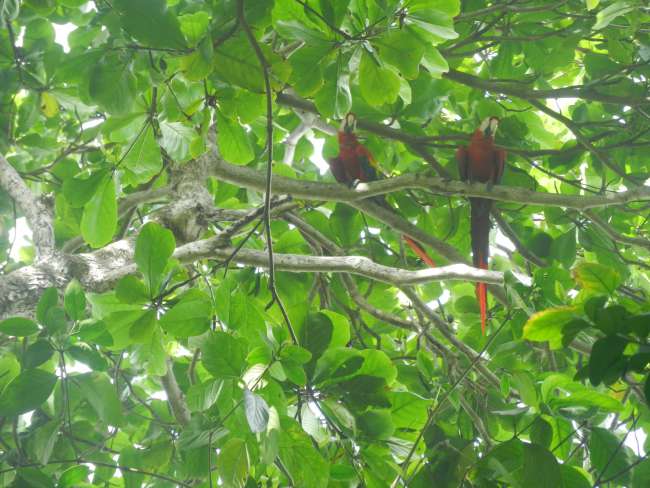
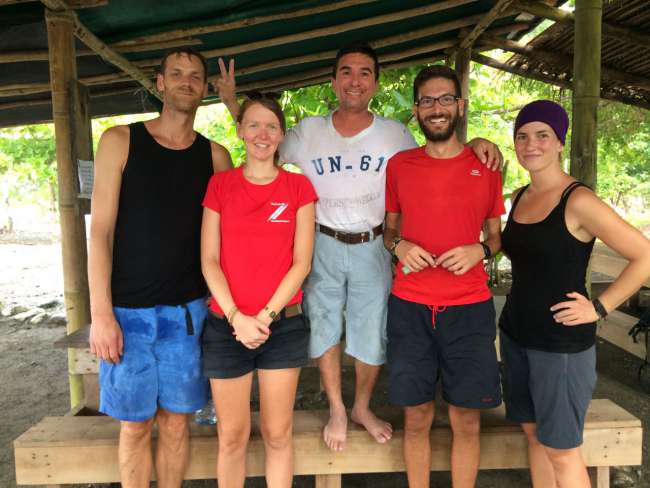
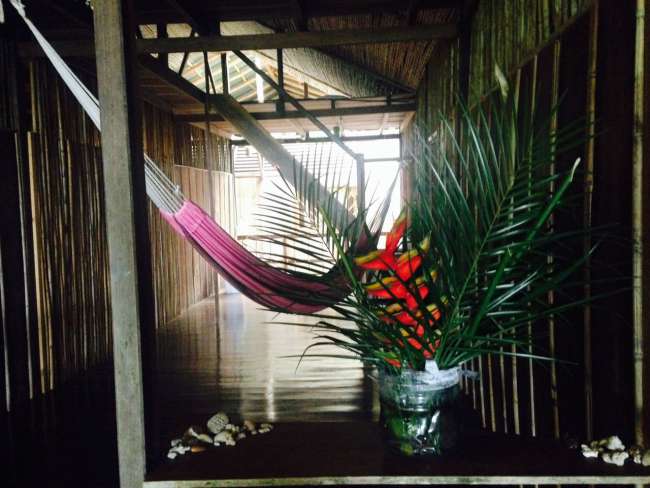
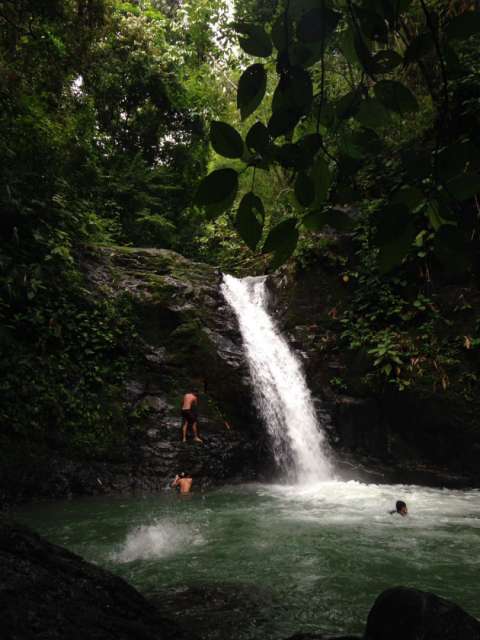
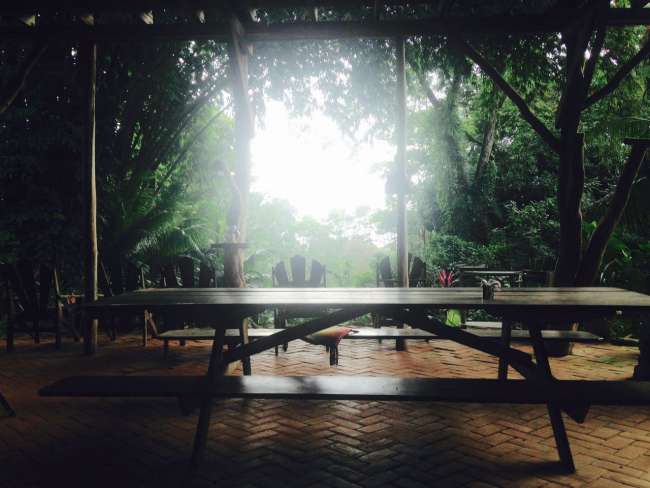
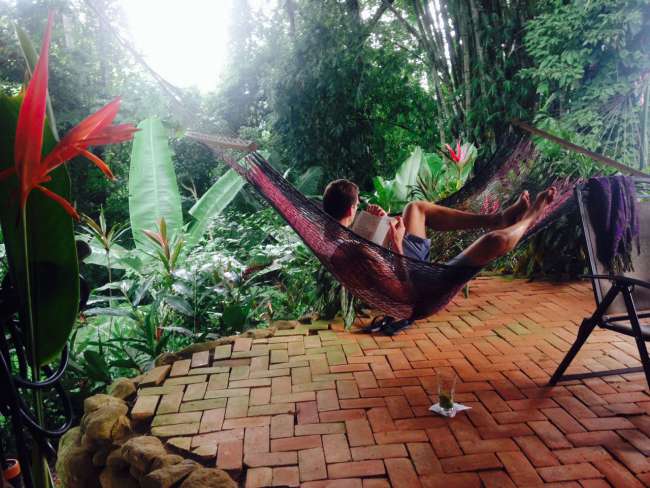
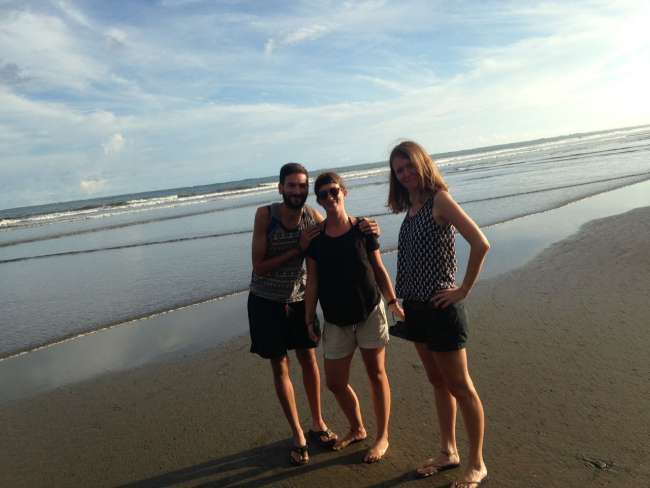
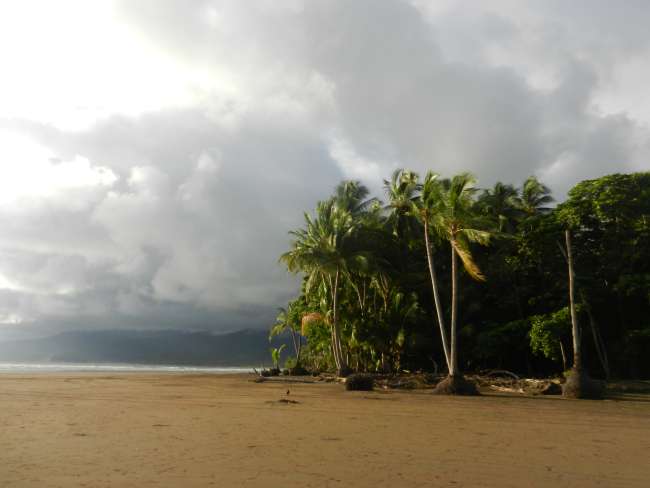
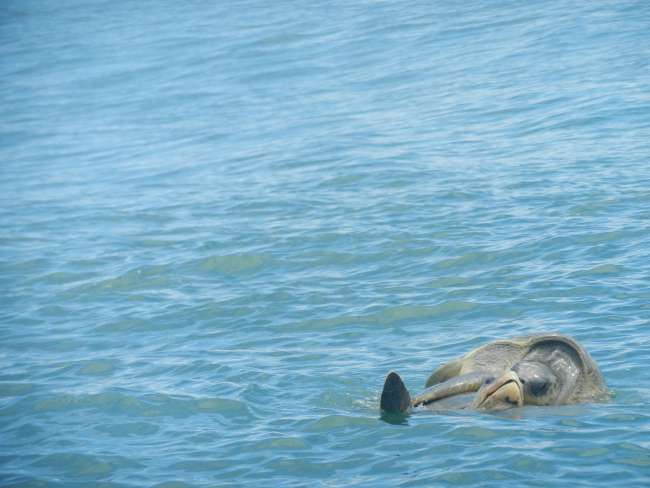
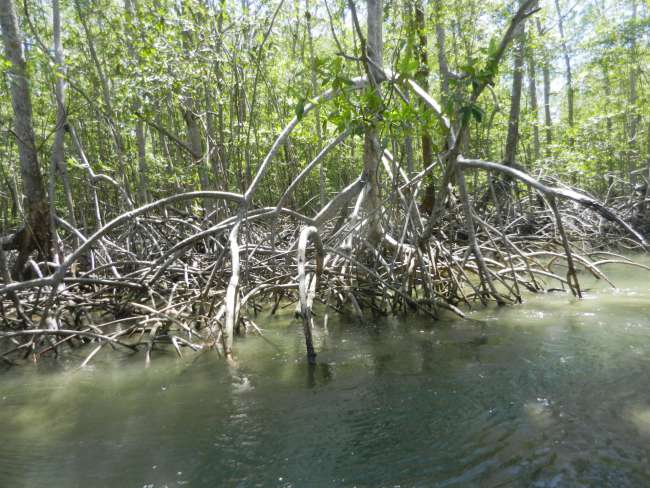
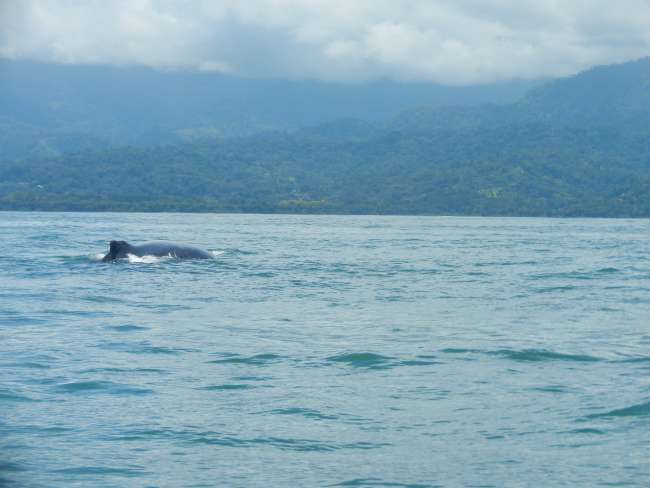
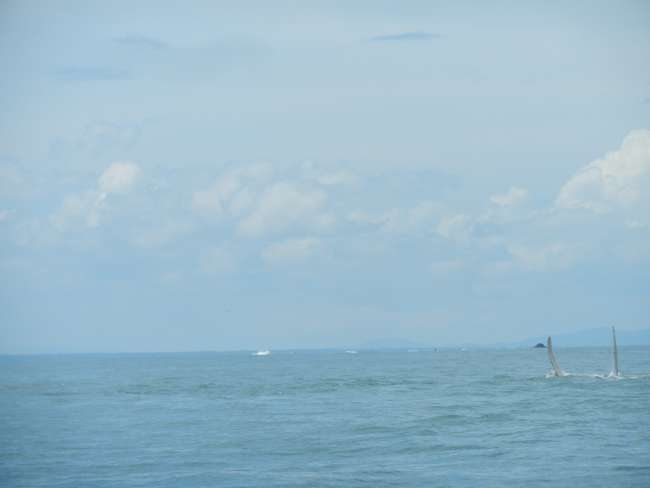
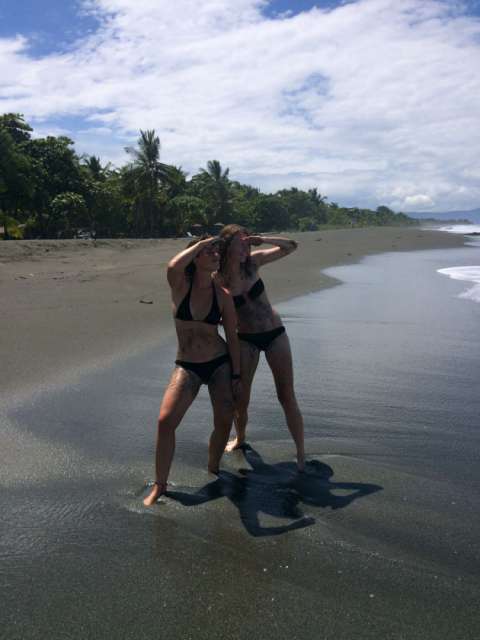
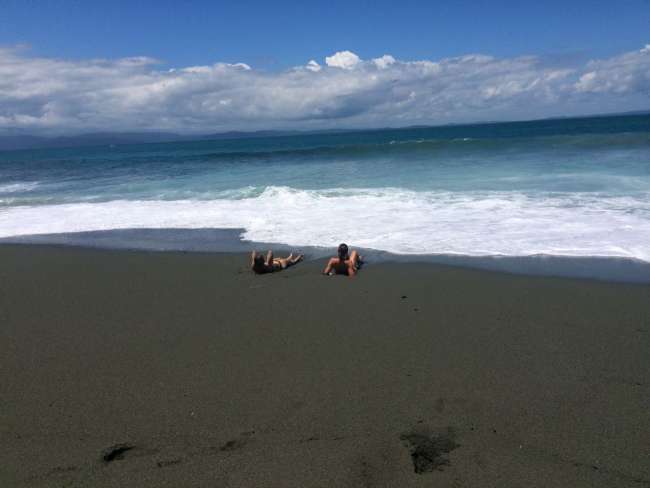
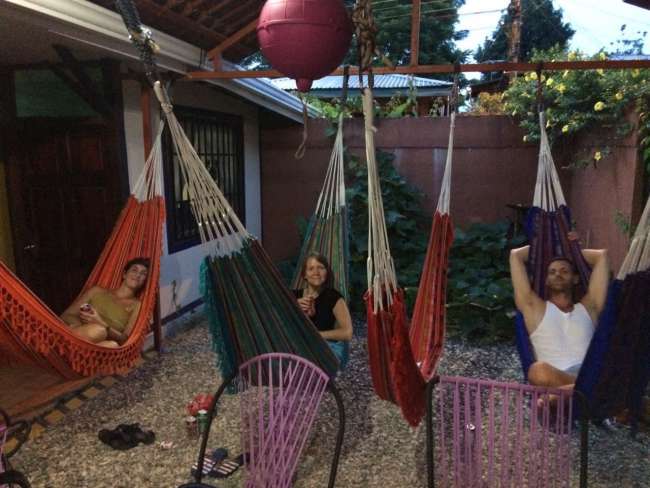
செய்திமடலுக்கு சந்தாதராகவும்
We spend one night in the capital city of San Jose and experience a small cultural shock. Because here in Costa Rica, and especially in the capital, everything is a bit different than in the other Central American countries that we have had the opportunity to get to know so far. The standard of living is much higher and this is very visible in the houses, streets, and even in the people themselves. The people are more Western, the houses are more modern, and the roads are much better. At the same time, everything is also more orderly and more expensive. Crazy how everything can change after crossing a border.
The next day finally arrives, we pick up Bina and Christian from the airport! I have been looking forward to the visit from home for weeks! With our rental car, the four of us drive pretty much directly from San Jose to the Caribbean coast to Cahuita. There we spend 4 days on paradisiacal beaches and take walks through the lush green rainforests of Cahuita and Manzanillo. Small capuchin monkeys and larger howler monkeys swing skillfully from branch to branch, thousands of hermit crabs crawl through the sand, coatis sniff around the ground, raccoons cause mischief, a turtle searches for its way back to the water, glowing butterflies flutter through the air, a snake suns itself on a tree trunk, many spiders patiently wait for prey in their webs, and even a sloth hangs on a power cable next to our hostel in slow motion and grins down from above. A few very beautiful days in Afro-Caribbean Costa Rica!
After the tropical humidity, we enjoy the fresh and clear mountain air south of San Jose in Los Quetzales National Park. It is very helpful that our car has four-wheel drive because the road there is quite challenging and promises an adrenaline rush. At an altitude of 2600 meters, a young and very friendly couple from Nicaragua welcomes us in a rudimentary but charming cabin, where we are the only guests, enjoying the peace and nature and sitting by the fireplace in the evenings. Unfortunately, we don't see a quetzal, these beautiful birds are very shy.
After these relaxing days, a true challenge awaits us in the south of the country in Corcovado National Park: a 40 km jungle hike in extremely high humidity and heat. All our pores are working hard and we sweat like crazy, but the effort is worth it! We see some two-toed sloths, poisonous frogs, macaws, toucans, anteaters, howler monkeys, capuchin monkeys, squirrel monkeys, and even the nocturnal tapirs make an appearance, and the landscape is also very impressive! Some parts of the two-day hike (you stay overnight in a ranger station) are along secluded, wild beaches, so through sand, which, by the way, is very promising for our leg muscles 😉 You are only allowed to enter the park with a guide, and our guide is a pretty crazy guy who is determined to find a puma for us, but his search is unsuccessful during our hike. The crocodiles, which live in a river that can only be crossed safely and without losing any limbs during low tide, also stay hidden. Probably better that way 😉 After the long 40 kilometers, we are all completely exhausted and hang out in hammocks in our hostel in Puerto Jimenez and on the beach playa preciosa.
For our final days in Costa Rica, we spend a few days in Uvita, swim in a waterfall, and go on a search for humpback whales. The beautiful giants come from the South Pole to the warm waters here to mate, give birth, and raise their calves for the first few months. We see two humpback whale mothers with their calves, swimming and playing together 😍 We also see many turtles. Otherwise, we enjoy la pura vida ('the pure life', which is a kind of omnipresent motto or feeling of life of the Costa Ricans) in Uvita with mojitos, good food, and doing nothing 😊
When we arrived in San Jose, the capital of Costa Rica, we felt like we were back in Spain. The difference in the standard of living and the number of people with European features is striking after having spent so many days in the other countries of Central America. The streets are well-maintained, the buildings are well-kept, and everything in general has a more orderly appearance. Here in the capital, we only spend one night in a nice hostel in the city center, where by chance there is a music festival. The next day, we have to pick up Bina and Christian very early at the airport, two German friends who will spend time with us here in Costa Rica.
We leave San Jose for the Caribbean town of Cahuita with our rented 4x4. There we spend 4 days enjoying its beaches and jungle. We see some animals such as various species of monkeys, turtles, hermit crabs, and insects. But it is not until the last day and when we leave the hostel at night that we finally manage to see our first sloth hanging from an electric cable. Apparently, it seems to be a regular visitor, as it passes by to reach a mango tree that grows nearby. We are also taught how to peel a coconut on the beach, as it is full of palm trees around here.
Our next destination is Los Quetzales National Park. It is very different from Cahuita, as it is located in the interior of the country in the mountains, and the climate is completely different, but we appreciate a bit of coolness after the Caribbean coast. Our hostel there is simple but very beautiful. It is run by a young Nicaraguan couple who treat us very well, and we are the only guests there for two days. The nature there is perfect for bird watching and vegetation typical of a cold jungle, although we don't manage to see any quetzals, as they are generally very shy birds.
From there, we go to Puerto Jimenez, which will be our headquarters during the visit to Corcovado National Park. A visit to the park is mandatory with a guide, who in our case will be Alvaro, a friendly man, but with a slightly peculiar sense of humor :-). The hike through the park will be two days, one to get there and one to return to the ranger's refuge in a place called La Sirena. In total, it is about 40 km along the beach and through the jungle, which is a bit tough mainly due to the heat and humidity. But the fauna we manage to see compensates for the effort: we see macaws, hawks, turkeys, insects, poisonous frogs, many two-toed sloths, tapirs, many monkeys, toucans, anteaters, coatis, in short, a marvel. It was impossible for us to find a puma, although Alvaro did his best to find one.
We spend our last days in the town of Uvita, enjoying its beaches, which are part of Marino Ballena National Park. There, we decide to take a tour to find humpback whales, which at this time of year start arriving from the cold waters in the south to take care of their young or reproduce in warmer waters. During the tour, we see many sea turtles and two mother whales with their calves, it's amazing!
As a final summary of the country, I am left with their slogan: Pura vida!, because that is truly Costa Rica!
செய்திமடலுக்கு சந்தாதராகவும்
பதில்
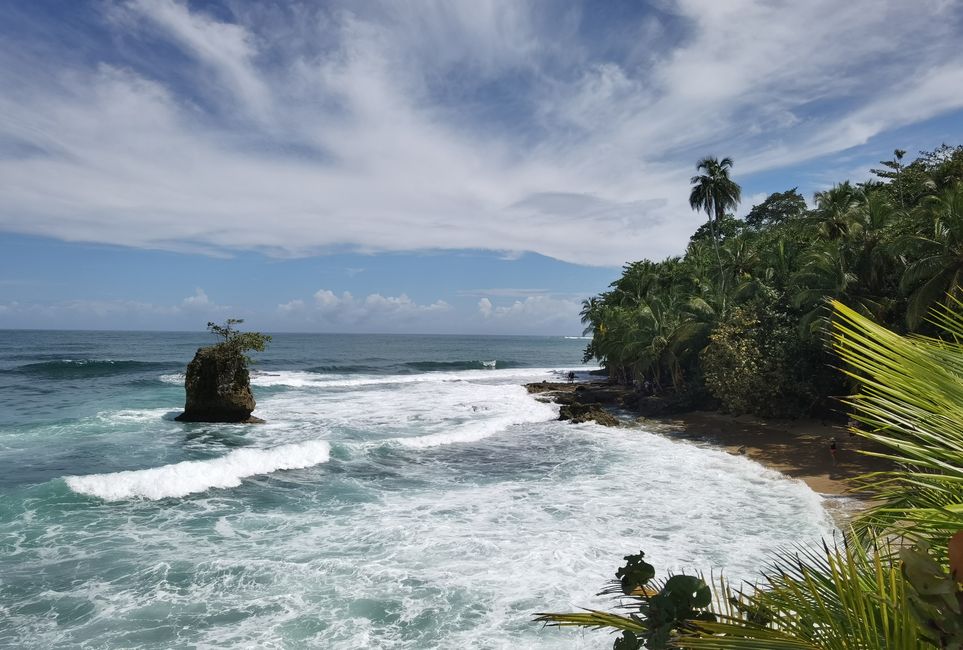
பயண அறிக்கைகள் கோஸ்ட்டா ரிக்கா
